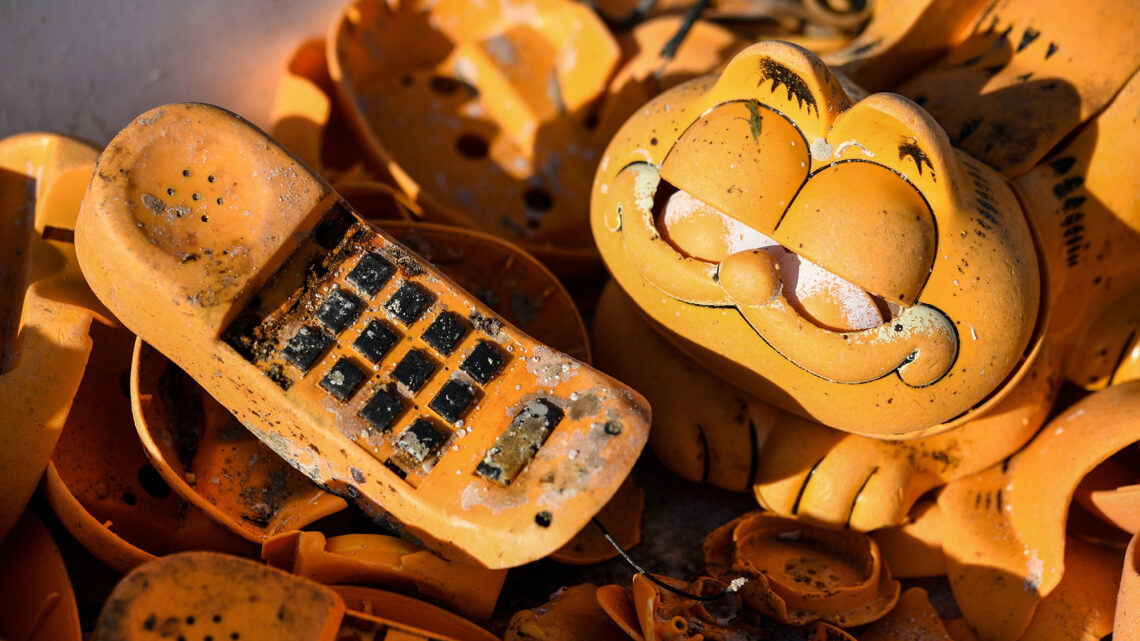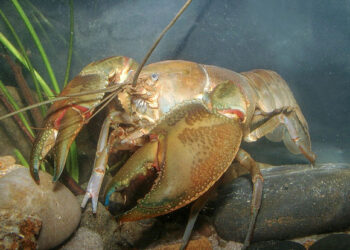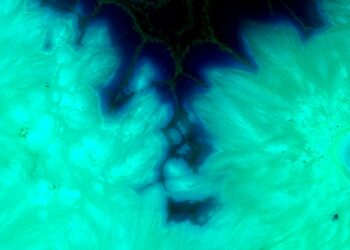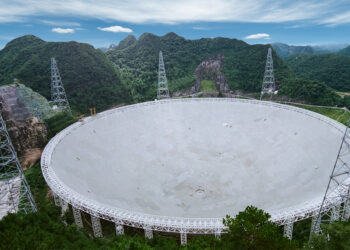Earth’s surface is about 70 percent water. Our blue planet is more ocean than anything else. And here’s another fact: About 80 percent of consumer goods–nearly all the stuff we buy in stores and online–are transported by ship. Combined, that means lots of junk ends up overboard during long voyages between landmasses. “We are all connected to the ocean, even if you’re just going to the store and buying some clothes,” says Andrew DeVogelaere, a research ecologist with the Monterey Bay National Marine Sanctuary.
It’s difficult to know exactly how much stuff ends up in the vast blue, says Jessica Conway, a response specialist for NOAA’s Marine Debris Program. However, she points to one 2020 study that estimated about 23 million metric tons of plastic waste reached waterways in 2016. There are many sources of marine debris, she notes. Regular run-off carries trash from streets and landfills alike out to sea. Major storms and floods push big influxes of human-made stuff off-shore. Fishing, drilling, and other marine industries leave trash in their wake like lines, nets, and other equipment. And then, of course, shipping containers fall off of cargo ships, triggering spills.
Varying fates befall every lost bit of artificial detritus at sea. Some things entangle wildlife. Others get inadvertently eaten, and end up lodged in the digestive tracts of aquatic animals or circulating in the food web as microplastics. Some bulkier items like appliances and empty vessels block channels, causing navigational difficulties and economic disruption, says Conway. Lots of plastics end up floating near the surface in gyres like the Great Pacific Garbage Patch. And some stuff gets beached. Here are some of the oddest things to ever wash up on sandy shores.
Friendly Floatees
In 1992, some 28,000 rubber duckies, turtles, beavers, and frogs fell from a cargo ship during a storm in the North Pacific. The bath toys breached containment and ended up…
Read the full article here





